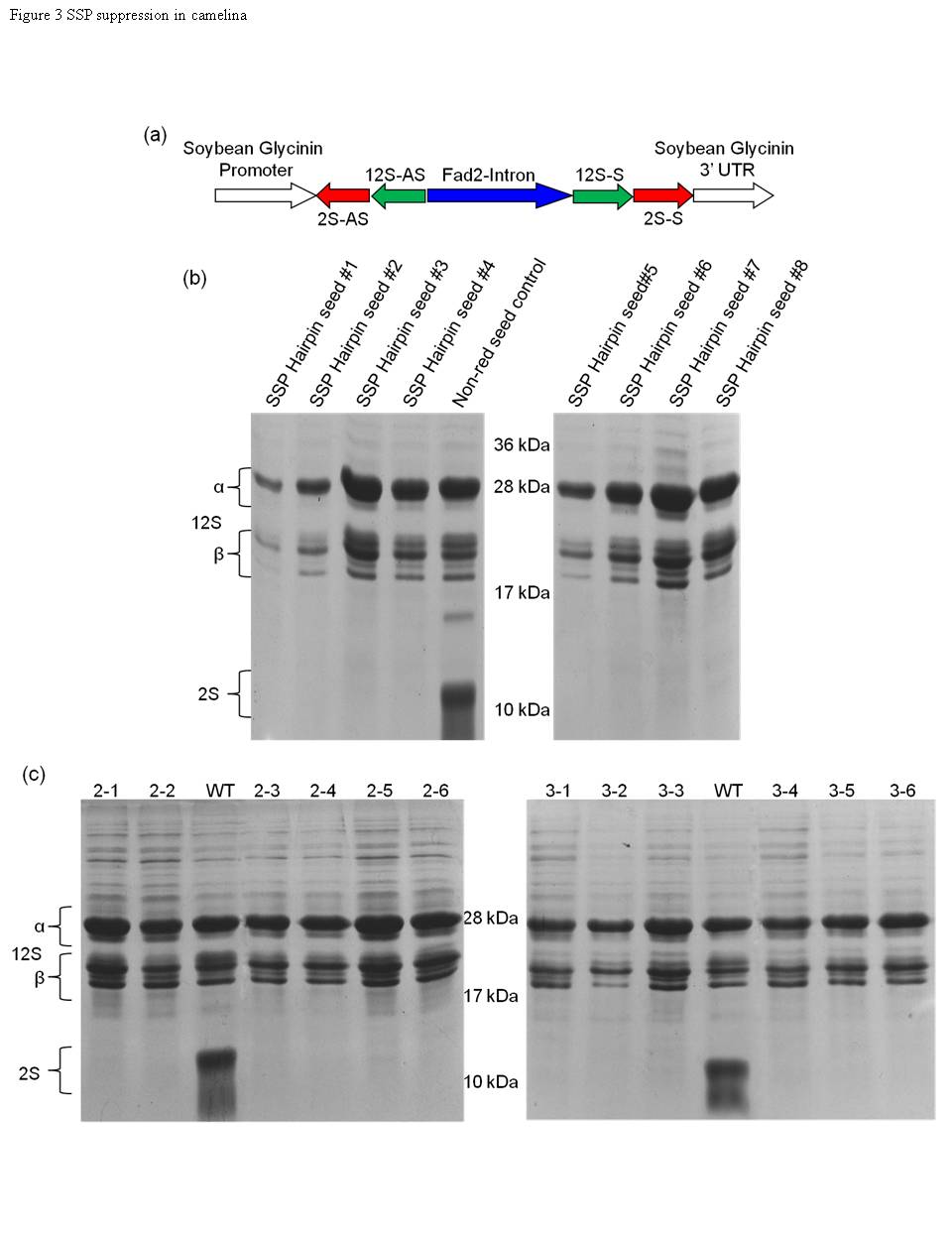
| Camelina Seed Transcriptome: A Tool for Meal and Oil Improvement and Translational Research |
 |
| Written by nguyen |
| Wednesday, 03 October 2012 23:02 |
|
Plant Biotechnology Journal
Authors: Tam Nguyen, Jillian E. Silva, Ram Podicheti, Jason Macrander, Wenyu Yang, Tara J. Nazarenus, Jeong-Wan Nam, Jan G. Jaworski, Chaofu Lu, Keithanne Mockaitis, Edgar B. Cahoon.
Abstract: Camelina (Camelina sativa), a Brassicaceae oilseed, has received intense interest as a biofuel crop and production platform for industrial oils. Limiting wider production of camelina for these uses is the need to improve the quality and content of the seed protein rich-meal and oil, which is enriched in oxidatively unstable polyunsaturated fatty acids that are deleterious for biodiesel. To identify candidate genes for meal and oil quality improvement, we built a transcriptome reference from 2,047 Sanger ESTs and over 2 million 454-derived sequence reads, representing genes expressed in developing camelina seeds. The transcriptome of ~60K transcripts from 22,597 putative genes includes camelina homologs of nearly all known seed-expressed genes, suggesting a high level of completeness and usefulness of the reference. These sequences included candidates for 12S (cruciferins) and 2S (napins) seed storage proteins (SSPs) and nearly all known lipid genes, which have been compiled into an accessible database. To demonstrate the utility of the transcriptome for seed quality modification, seed-specific RNAi lines deficient in napins were generated by targeting 2S SSP genes, and high oleic acid oil lines were obtained by targeting fatty acid desaturase 2 (FAD2) and fatty acid elongase 1 (FAE1). The high sequence identity between Arabidopsis and camelina genes was also exploited to engineer high oleic lines by RNAi with Arabidopsis FAD2 and FAE1 sequences. It is expected that this transcriptomic data will be useful for breeding and engineering of additional camelina seed traits and for translating findings from the model Arabidopsis thaliana to an oilseed crop.
 |
| Last Updated on Thursday, 29 May 2014 21:02 |